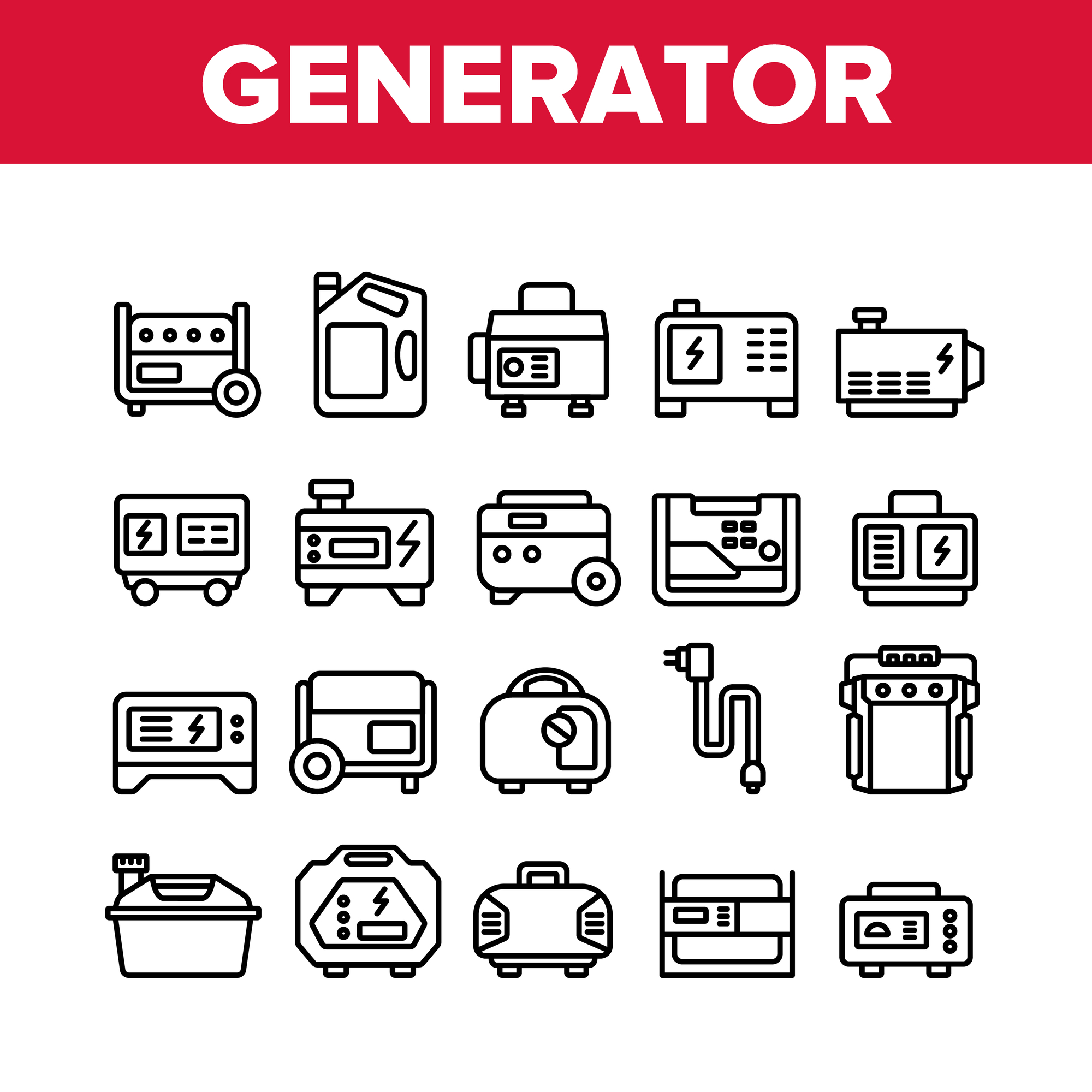Breaking in your portable generator is an important step of ownership to help ensure operational longevity for the unit. Properly breaking in your generator can add thousands of hours to its lifespan. Yet, how does one break in a generator?
This guide will walk you through how to break in your portable generator. This process ensures proper lubrication, internal engine stability, flushesout any metal contamination and helps prevent blow by.
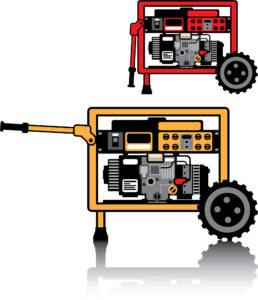
What is breaking in?
The inner workings of a portable generator’s engine includes cylinder walls that are honed with a cross-hatch pattern. This pattern comes with small peaks and valleys. The uneven surfaces are designed to hold oil as well as be grinded down to optimal levels by the engine’s piston.
Breaking in an engine uses a controlled run, with the goals being properly lubricating the cylinder walls, grinding the walls down to optimal levels, and pushing out all metal contamination left behind in this process.
Why Should You Break In A Standby or Portable Generator?
Without executing a proper generator break in you’ll run the risk that the engine will be improperly lubricated which can cause a dry start. A dry start is a major cause of portable or standby generator engine damage.
Additionally, any standby or portable generator engine that is not settled may run the risk of developing a layer of carbon build-up over time. Carbon build up is the result of engine combustion. When this occurs, fumes can leak from poorly sealed areas.
When fumes are passed along a poorly settled cylinder, it is known as blow by. This phenomenon is commonly unnoticeable at first but over a period of time the fumes will grow in intensity.
How To Break In Your Portable Generator’s Engine?
Generator Mart strongly recommends you follow the respective user manual. However the team here has conducted research on this topic for your benefit.
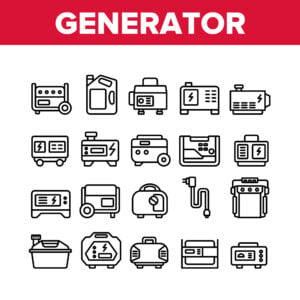
What you will need:
Oil – Use the manufacturer recommendation.
Fuel – Use the manufacturer recommendation.
Oil Conditioner – Use the manufacturer recommendation.
User Manual
Step 1: Lubricate
Remove the generator’s spark plug and then add a few drops of oil conditioner. Slowly pull the generator’s starter cord 5 – 10 times. Your goal should not be to start the engine, rather, you’re lubricating the pistons. Once completed, install the spark plug.
Step 2: Add Oil
Add oil conditioner into the crank case. Then add the oil. Refer to the user manual so you follow the proper filling procedure.
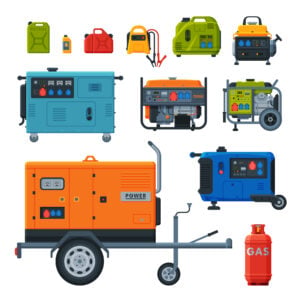
Step 3: Add Fuel
Be sure to fill the fuel and oil compartments all the way. Refer to your user manual. Maxing oil levels out of the gate is critical for proper lubrication.
Step 4: The First Run
In general it’s advised that during the first hour of run time you should not put any load on the generator, unless specified by the user manual. After this first run period is over, drain all the oil and refill. There’s no need to change the fuel.
Step 5: Loaded Run
There are many opinions in the generator community how much load should be used on the portable generator. For example, running a generator with a low load causes low pressure to be exerted on the cylinder walls. Thus we recommend running the portable generator at a heavy load (at least 75%) for 50 – 100 hours. The generator’s oil should be drained and filled up during this 50-100 hour period. Please refer to your user manual.
Small engines should be broken in after purchasing the unit to ensure all the components are properly lubricated. This process will extend the life span of the portable generator, giving you a greater return on your investment.
Thanks for shopping at Generator Mart! We sell the best brands in the portable and standby generator space. Please place your order directly on the website.
RELATED POSTS
Proin auctor nibh vitae urna lobortis, in vulputate erat facilisis. Sed lacinia lorem eget orci finibus, et maximus nisi sagittis.
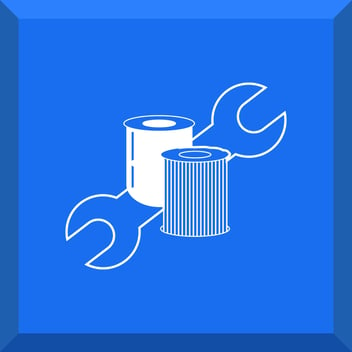
A Guide To Portable Generator Maintenance
New or experienced portable generator customers may end up thinking one day, “Am I taking the best possible care of my asset? How can I possibly...
Read more »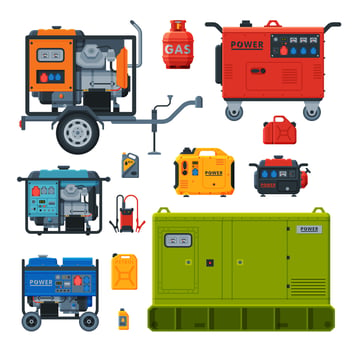
A Guide To Portable Generator Maintenance
Proper portable generator maintenance will help insure the longevity of your asset. Regular maintenance remains the key to a long-lived, efficient...
Read more »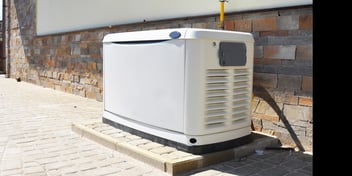
How to Choose the Right Generator
In an ideal world, there wouldn’t be natural disasters that cause wide-spread power outages, property damage, and loss of life. But the unfortunate...
Read more »
